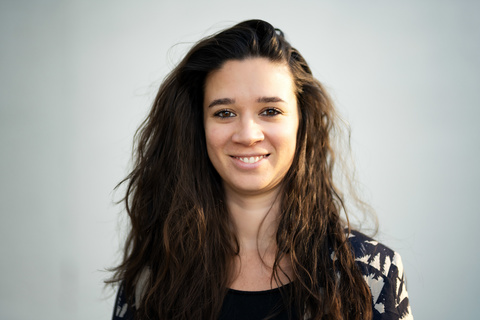By Alice Eberhart
Valerie Payré, assistant professor in the Department of Earth and Environmental Sciences, received a $492,599 grant from the NASA Solar System Working (SSW) program to study the geologic makeup of rocks on the surface of Mars.

Payré’s research focuses on identifying the composition of Mars’s crust to better understand the history of the planet—and hopefully the history of Earth, too. Currently, her research utilizes data collected from orbit.
“Observations from orbit help us depict the make-up of these regions, but the lack of close-up images prevents us from fully characterizing what they are,” Payré said. “A better characterization of orbital measurements is thus essential to characterize the nature of Mars’ crust and its formation mechanisms, and how similar it is to Earth’s.”
This grant will allow Payré and the team to develop synthetic replicas of volcanic material that match the compositional data gathered on Mars to analyze samples in person.
“Some mixtures of Martian crystals are difficult to decipher from orbit,” Payré said. “The objective of the work is to produce Martian-like volcanic samples in a high-temperature furnace at the University of Iowa and NASA Johnson Space Center and analyze them with the equivalent of orbital instrument in my lab on campus.”
Our understanding of planetary geology and history has already changed greatly, Payré noted.
“Robot observations, orbital measurements, as well as analyses of meteorites that we received on Earth from Mars, are telling us a story that we were not expecting, evidencing that Mars geological past was more similar to Earth’s than previously thought,” she said.
Thanks to the grant, Payré and her team—including Kiersten Hottendorf and research assistants Carrie Fink and Landon Fuller—will be able to utilize technology on campus to synthesize the materials they need.
“We push the limits of each instrument because we cannot send spacecrafts and robots often. It is quite impressive how engineers and researchers are working all together to make planetary missions the best possible,” Payré said.